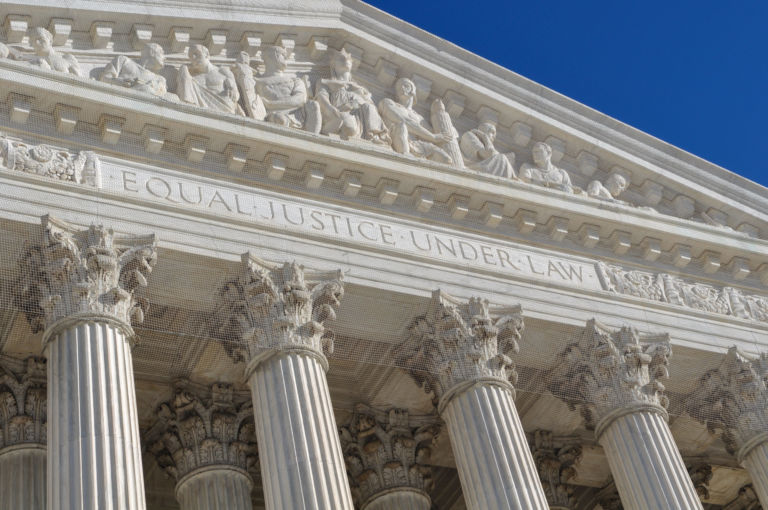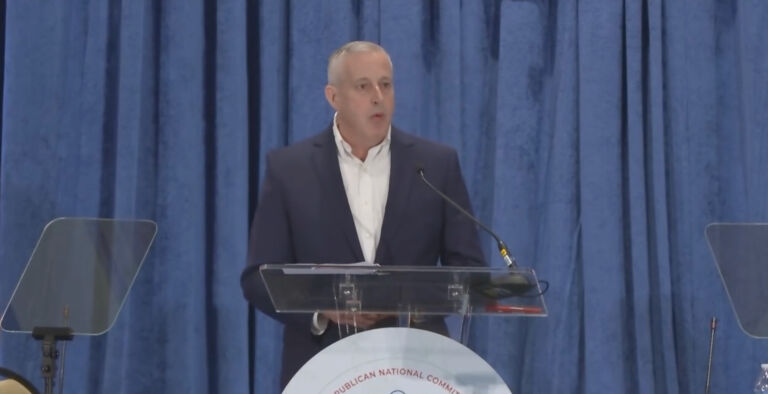Adam White cautions Trump supporters and opponents against casting doubt on the American legal system.
Donald Trump has always played to courts of public opinion. But now he faces judgment in courts of law, under very different rules. His critics and opponents celebrate this moment and the prosecutors responsible for it, believing that the criminal-justice system’s standards and procedures will emphatically limit Trump’s ability to lie, to demagogue, and, above all, to escape responsibility. Trump, it’s often said, enjoys no greater or lesser latitude than any other criminal defendant. One wonders if Trump himself truly understands what that entails.
But do Trump’s opponents truly understand it either?
The criminal-justice system is built from the ground up to protect defendants’ rights, even while seeking to punish them. The canonical account of our criminal-justice system, after all, is Blackstone’s: “For the law holds, that it is better that ten guilty persons escape, than that one innocent suffer.” “The reason is,” John Adams added in 1770, “because it’s of more importance to community, that innocence should be protected, than it is, that guilt should be punished.”
Saying this is easy enough in the course of mundane criminal cases; it’s far harder in the most notorious cases. …
… Because of these values at the heart of the legal system, a serious set of laws, procedures, and norms exist that give defendant Trump every protection and benefit of the doubt. And those protections and benefits are exactly what will test the patience of the prosecution’s fans. …
… If the courts conclude that certain parts of the prosecutors’ cases cannot be brought before the jury, will we accept their rulings? We ought to. These rules exist to promote the legitimacy and accuracy of the criminal-justice system as a whole, and they do this by preventing the introduction of evidence that is ill-gotten or otherwise unlawful—even if the excluded evidence or testimony is, in fact, accurate and compelling. These rules have no Donald Trump Exception.


